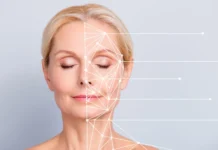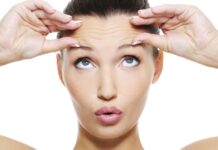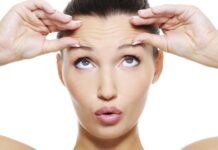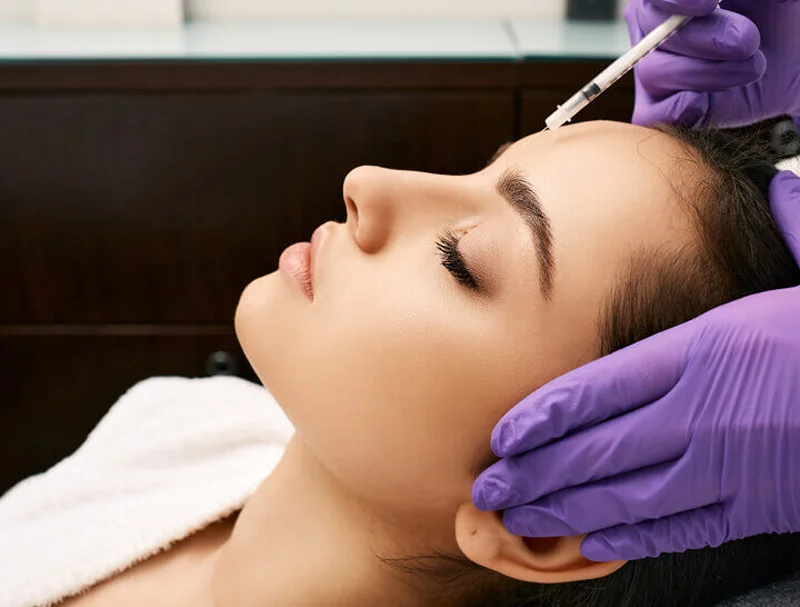
As time passes, our skin undergoes a natural transformation, displaying various signs of aging, such as fine lines, wrinkles, loss of elasticity, and uneven skin texture.
Understanding the causes and impact of these concerns is essential in exploring effective solutions like Botox to address and mitigate these visible markers of aging.
Exploring the potential of Botox as a solution sheds light on its ability to diminish fine lines and combat various signs of aging. Delving into this topic reveals the science and possibilities that lie within this popular cosmetic treatment.
Why Do We Get Fine Lines and Other Concerns of Aging?
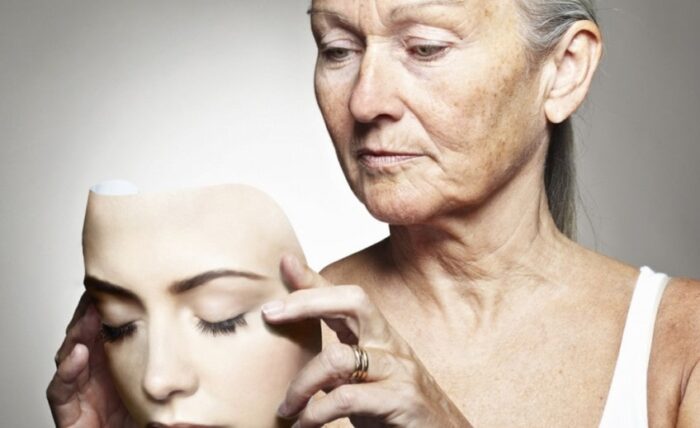
As we traverse life’s journey, our skin inevitably becomes a canvas of our experiences, marked by the passage of time and exposure to various elements.
Fine lines, one of the most visible signs of aging, result from several intrinsic and extrinsic factors that impact the skin’s integrity and appearance.
Fine lines are basically shallow creases or small wrinkles that typically appear on the skin’s surface due to natural aging, repetitive facial movements, and reduced collagen and elastin production.
They’re often the earliest signs of aging, manifesting as faint, fine marks, especially around the eyes, mouth, and forehead. Below, we have listed some of the many reasons why people develop fine lines.
-
Decreased Collagen and Elastin Production
The natural aging process initiates a decline in the production of two vital proteins – collagen and elastin. Collagen, known for providing structure and firmness, decreases in production as early as our twenties, leading to a gradual loss of skin elasticity.
Elastin, responsible for the skin’s ability to bounce back, also diminishes over time, contributing to the formation of fine lines and wrinkles.
-
Genetic Predisposition
Genetics plays a significant role in determining how our skin ages. Some individuals may inherently possess genes that accelerate the breakdown of collagen and elastin, leading to premature fine lines and aging concerns.
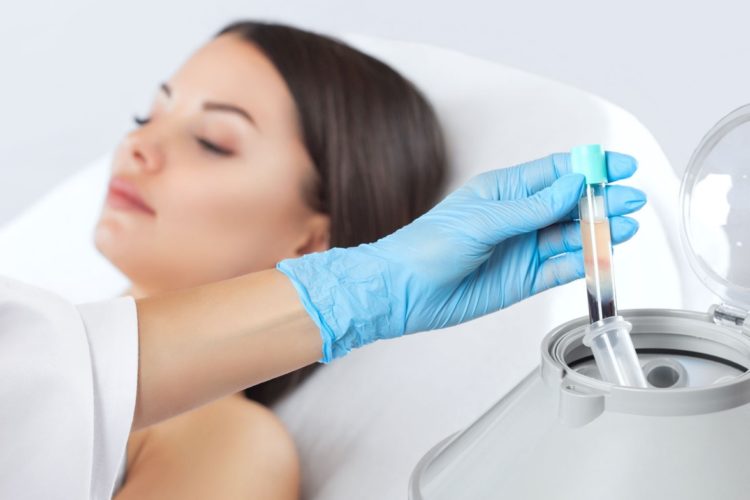
-
Slower Cell Turnover
The deceleration of the skin’s cell turnover with age leads to a backlog of dead skin cells, hampering the skin’s rejuvenation cycle. This accumulation not only dulls the complexion by masking the underlying radiance but also amplifies the visibility of fine lines and wrinkles.
As these dead cells linger, they obscure the skin’s natural luminosity, further emphasizing the appearance of aging signs and creating an uneven and lackluster texture.
-
Sun Exposure
Exposure to the sun’s ultraviolet (UV) rays serves as a primary external catalyst for premature aging. These rays penetrate the skin, causing direct harm to collagen and elastin, essential proteins upholding skin strength and flexibility.
UV radiation triggers accelerated degradation of these fibers, compromising the skin’s structural integrity. Consequently, fine lines, wrinkles, and sunspots become more pronounced as collagen and elastin levels diminish.
This damage disrupts the skin’s natural repair mechanisms, hindering its capacity to regenerate healthy cells. Over time, this ongoing assault from UV rays exacerbates visible aging, resulting in diminished skin elasticity, firmness, and texture.
Shielding the skin from UV exposure through sunscreen application and minimizing sun exposure aids in preserving collagen and elastin, thwarting premature aging signs.
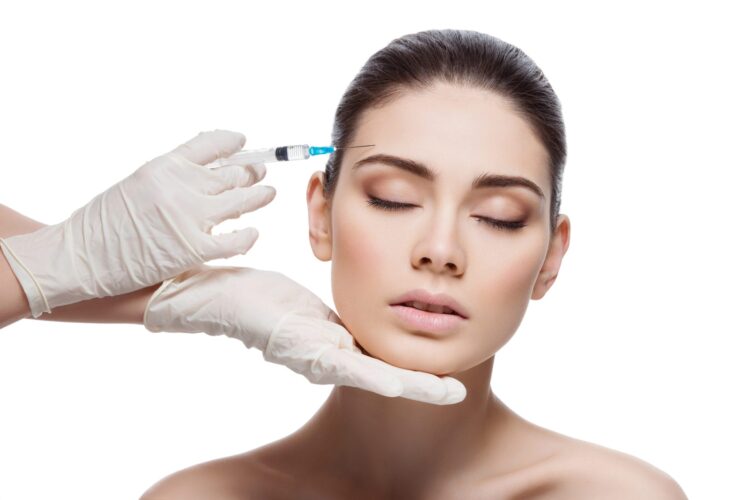
-
Environmental Pollutants
Pollution poses a significant threat to skin health, unleashing a cascade of damage through airborne particles and free radicals. These environmental aggressors infiltrate the skin, inducing oxidative stress that accelerates collagen degradation.
Free radicals, spawned by pollutants, instigate a chain reaction that harms cell structures, notably collagen and elastin fibers. As collagen diminishes due to pollution-induced oxidative stress, skin elasticity decreases, fostering the emergence of fine lines and wrinkles.
This premature aging manifests as a result of depleted collagen and accelerated skin aging caused by environmental pollutants.
-
Lifestyle Choices
Unhealthy lifestyle choices, including smoking, poor dietary habits, inadequate hydration, and excessive alcohol consumption, profoundly hasten the aging process. Smoking, specifically, constricts blood vessels, impeding the skin’s oxygen and nutrient supply essential for its vitality.
This diminished blood flow deprives skin cells of crucial oxygen and nutrients. It hinders their ability to regenerate and repair efficiently. As a result, the skin loses its natural radiance, firmness, and elasticity.
Combined with other detrimental habits, this compromised cellular function accelerates the onset of premature aging. Hence, it leads to the manifestation of fine lines, wrinkles, and an overall tired and aged appearance.
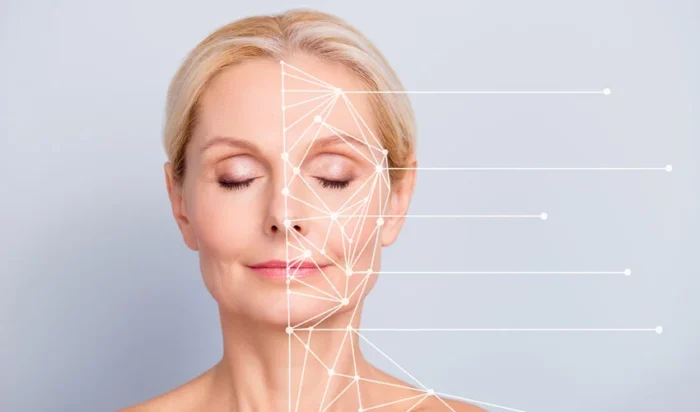
How Can Botox Effectively Reduce Fine Lines and Other Signs of Aging?
Let us now understand how Botox can combat fine lines and other aging signs like deep wrinkles, elasticity loss, etc.
-
Neuromuscular Intervention:
Botox, primarily derived from the bacterium Clostridium botulinum, contains botulinum toxin type A, a neurotoxin with potent muscle-relaxing properties.
When injected into targeted facial muscles, Botox interferes with the release of acetylcholine, a neurotransmitter responsible for signaling muscle contractions.
By impeding this communication, Botox interrupts the nerve signals that prompt muscle contractions, effectively paralyzing or relaxing the treated muscles.
-
Targeting Dynamic Wrinkles
Facial expressions involve the repeated contraction of specific muscles, leading to the formation of dynamic fine lines and wrinkles, notably around the eyes, forehead, and mouth (frown lines). Over time, these repetitive movements contribute to the etching of fine lines and wrinkles.
Botox’s action on the muscles results in temporary paralysis or relaxation, reducing their ability to contract. Consequently, the skin above these treated muscles appears smoother, with diminished fine lines and creases caused by muscle movement.
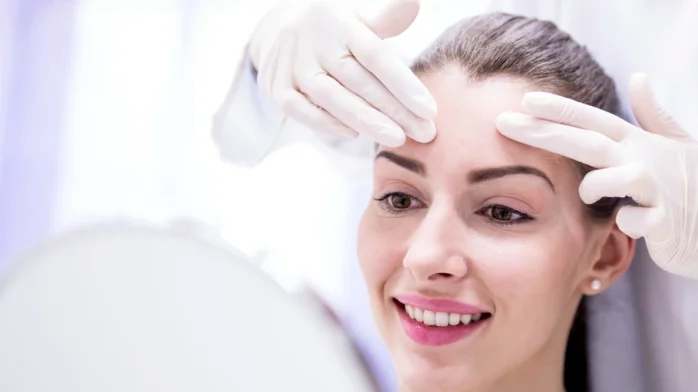
-
Onset and Duration of Effect
Following Botox administration, noticeable effects typically manifest within a few days to a week. The peak efficacy occurs around two weeks post-injection, and the effects persist for an average of three to four months.
As the effects of Botox are temporary, recurring treatments are necessary to maintain the reduced appearance of fine lines and wrinkles over time. Regular treatments help sustain the muscle-relaxing effects and uphold smoother skin texture.
-
Beyond Fine Lines
While renowned for addressing fine lines, Botox’s utility extends to mitigating other signs of aging, including forehead furrows, crow’s feet, and vertical neck bands. Its precision in targeting specific muscle groups allows for comprehensive rejuvenation in various facial areas.
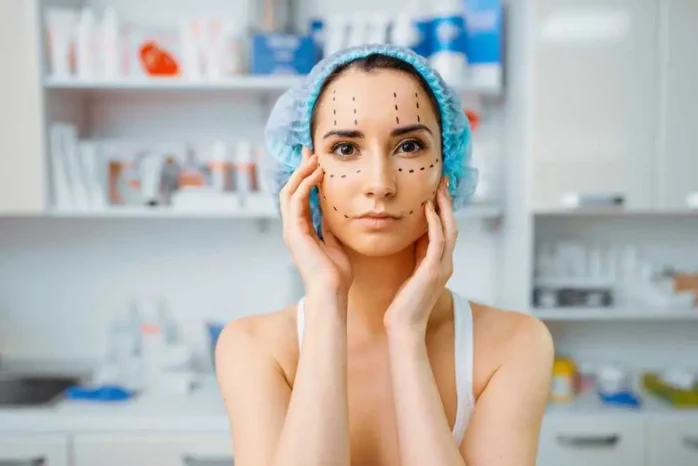
Conclusion
Understanding the complexity of aging factors and the effectiveness of treatments like Botox illuminates a pathway toward managing fine lines and diverse signs of aging.
Botox’s precise targeting of dynamic wrinkles signifies a compelling solution, providing a temporary yet considerable reduction in these markers of aging.



